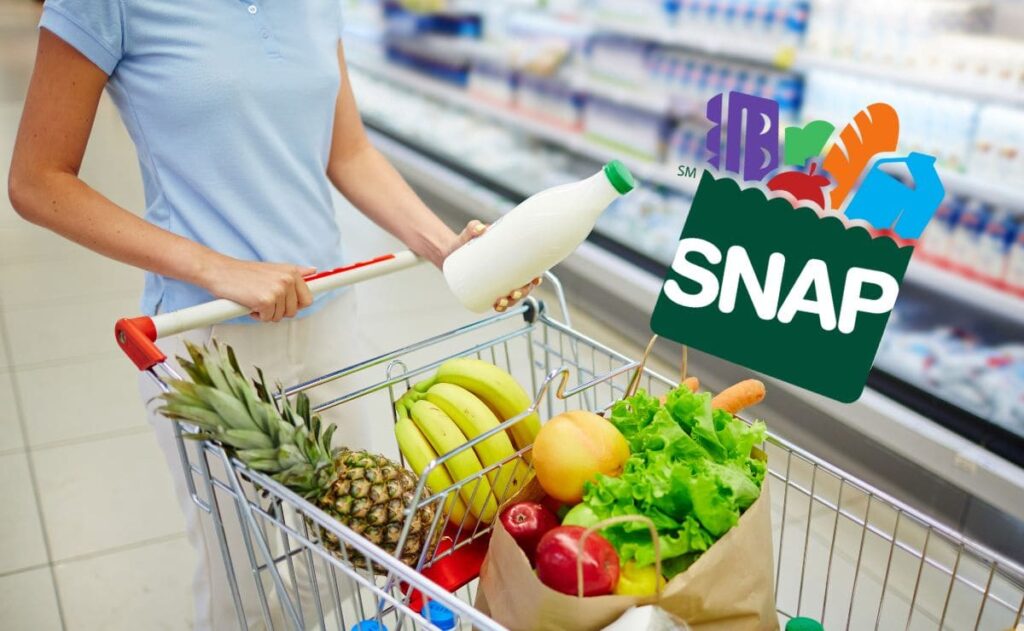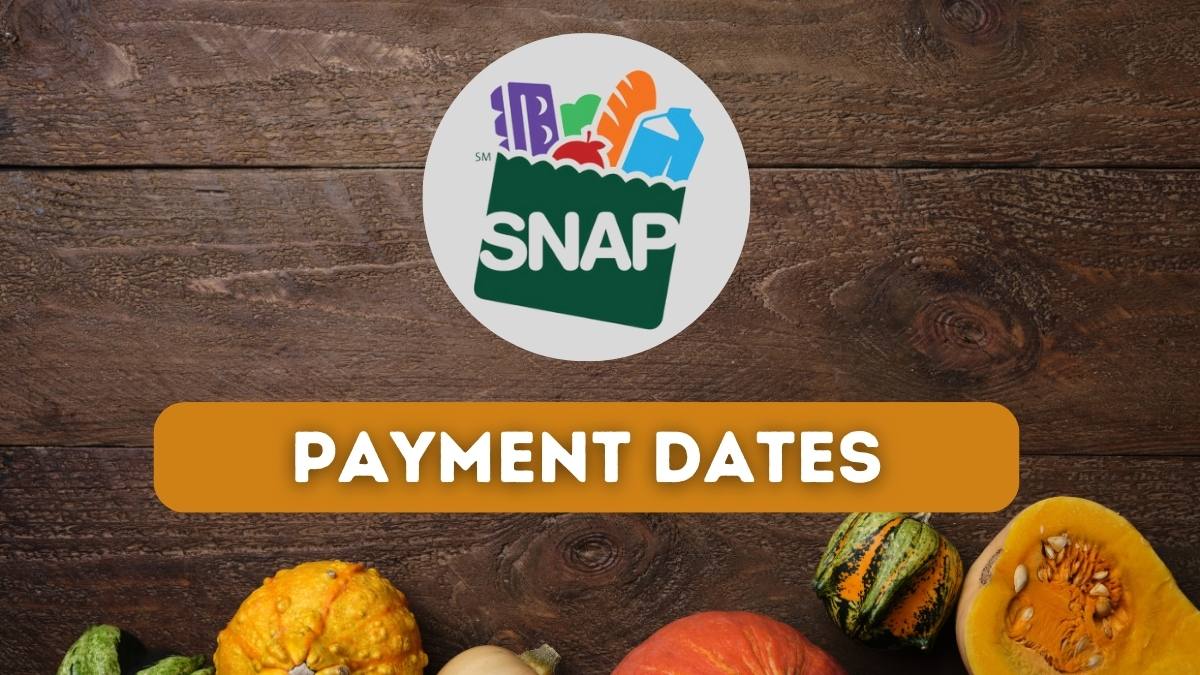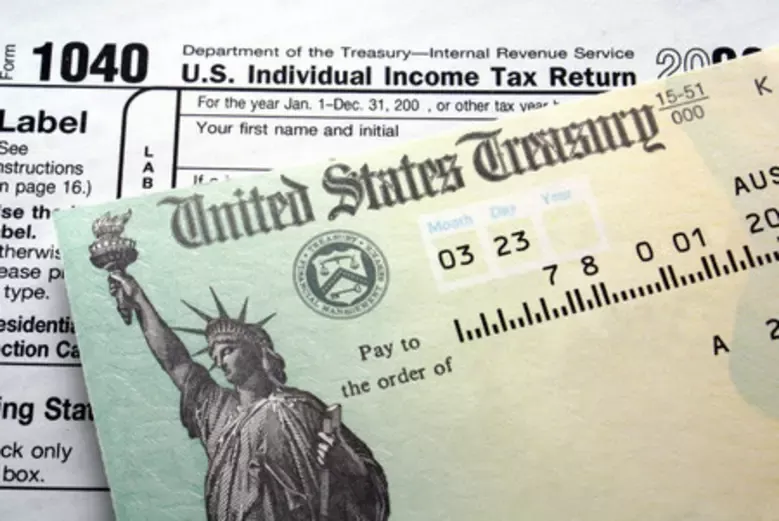In 2024, the Supplemental Nutrition Assistance Program (SNAP) may undergo significant modifications due to the proposed Rural Prosperity and Food Security Act of 2024. This new legislation, introduced by Senate Agriculture Committee Chairwoman Debbie Stabenow, aims to enhance conservation efforts and climate initiatives while also revising SNAP’s structure. However, a competing draft from Republican lawmakers suggests potential reductions in program funding, which could lead to substantial changes in benefit levels and eligibility criteria.
These anticipated changes could alter the operation of SNAP and the criteria for aid eligibility. While the goal is to bolster food security and support sustainable practices, the legislative process will determine the final outcomes. Beneficiaries and stakeholders in the food security sector should remain vigilant to prepare for these potential changes.
Expected SNAP Benefit Changes in 2024
Impact of Potential Funding Cuts
If the Republican draft is approved, SNAP could face a $30 billion reduction over the next decade. This funding cut may halt adjustments for food inflation, potentially resulting in an average monthly benefit reduction of about $7 per household. With over 41 million Americans relying on SNAP, these cuts could have a profound effect on food insecurity across the nation.
Additional SNAP Updates for 2024
The U.S. Department of Agriculture (USDA) updates SNAP benefits annually based on the cost of living. For the fiscal year beginning October 1, 2023, and ending September 30, 2024, several key changes are being introduced:
- Eligibility Age Increase: The age limit for “able-bodied adults without dependents” (ABAWD) will rise to include individuals up to age 54 by October 2024.
- Income Eligibility: The gross monthly income limit for SNAP is set at 130% of the federal poverty level (FPL), with adjustments made based on household size and geographical location.
- Maximum Allotments: The maximum benefit amounts have been revised, varying by state and household size.
Understanding SNAP Benefit Amounts and Eligibility Criteria
SNAP benefits are designed to assist eligible households by providing financial support for purchasing groceries. These benefits and criteria are adjusted annually to reflect changes in living costs and economic conditions.
Eligibility Criteria
To qualify for SNAP benefits, households must meet certain income and resource limits:
- Income Limits:
- Gross Monthly Income: Must be at or below 130% of the FPL, varying with household size and state.
- Net Monthly Income: Must be at or below 100% of the FPL after deductions.
- Resource Limits:
- Households without elderly or disabled members: Resources must not exceed $2,750.
- Households with elderly or disabled members: Resources must not exceed $4,250.
- Work Requirements:
- ABAWDs must work or participate in a work program for at least 80 hours per month. Starting October 2024, this requirement will apply to individuals up to age 54.
- Other Criteria:
- Applicants must be U.S. citizens or meet specific non-citizen eligibility requirements. Certain individuals, such as strikers, most college students, and some non-citizens, are not eligible.
SNAP Benefit Amounts
The total SNAP benefit, or allotment, is determined by household size, income, and allowable deductions such as earnings, dependent care costs, medical expenses for elderly or disabled members, and excessive shelter costs.
- Monthly Allotment Calculation:
- The benefit amount is calculated by estimating the income left for food after meeting basic needs. Households are expected to contribute 30% of their net income towards food, with the SNAP benefit covering the difference between this contribution and the maximum benefit for their household size.
- Maximum and Minimum Allotments:
- For fiscal year 2024, maximum allotments vary by household size and location. For example, a family of four in the 48 contiguous states and D.C. can receive up to $973 per month, while the minimum benefit for smaller households remains $23.
- Cost of Living Adjustments (COLA):
- Allotments are adjusted annually to reflect changes in the cost of living, ensuring that SNAP benefits keep pace with food inflation.
Example Amount Calculation
For a family of four with a net monthly income of $1,200:
- The household’s expected contribution towards food is 30% of $1,200, which amounts to $360.
- With a maximum allotment of $973 for a family of four, the SNAP benefit would be calculated as $973 – $360 = $613 per month.
SNAP’s design addresses food insecurity by adjusting benefits based on economic factors and household needs. Understanding these details ensures that eligible individuals and families receive appropriate support. These criteria and calculations aim to target aid to the most vulnerable populations while adapting to economic conditions and cost of living changes.







